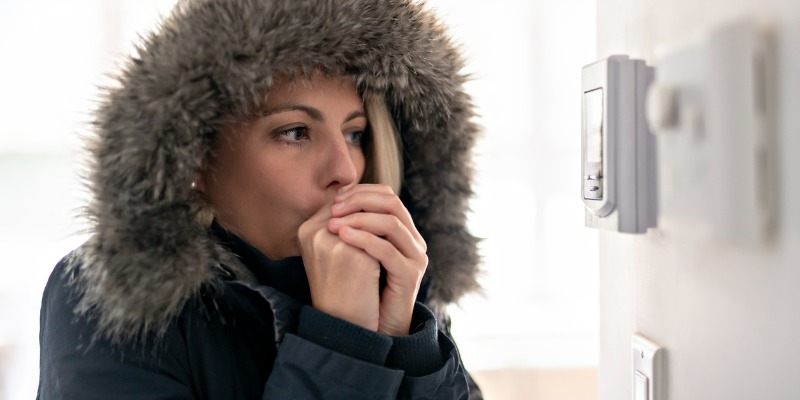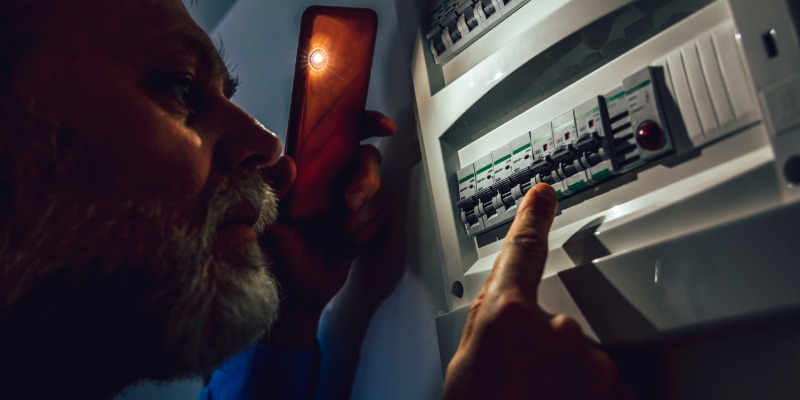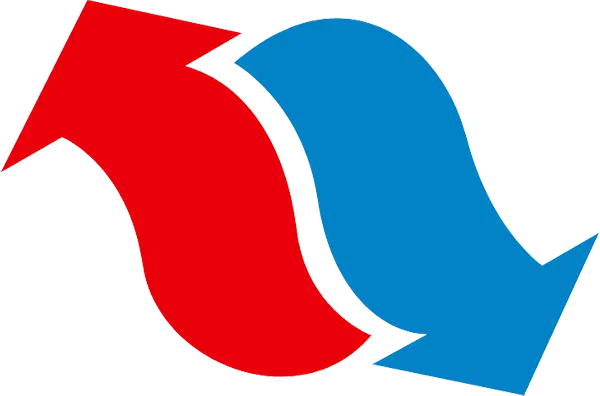
When your heat goes out on a frigid day, you want it fixed as quickly as possible. While emergency service is just a phone call away, not all heating issues require professional help. There are actually some common problems that cause no heat that you can easily diagnose and fix yourself.
Use the guidelines below to rule out these issues before calling in the professionals. By doing so, you could save yourself time and money.
First, make sure your thermostat is working. If you have an electronic thermostat, check the display. If the display is not operational, change or recharge the batteries before doing further troubleshooting.
Check to make sure your heat is turned on and set correctly. If the temperature is set too high or too low, your heater may not work appropriately. Try setting the thermostat at least three degrees above room temperature. If the heat does not kick in, check the fan.
If you have a forced-air furnace, switch on the fan. If the fan does not engage when you turn it on, there may be a problem with the power supply. In this case, check the emergency furnace switch and the fuse or breaker panel. If the fan works but there is still no heat, check the registers and the filter.
If your furnace has an emergency shut-off switch, you may have switched the power off by accident. In most homes, the shut-off switch looks like a light switch and is located near the furnace. After locating the switch, make sure it is set correctly.
In addition to checking the emergency shut-off switch, verify that all furnace doors and service panels are closed properly. Some furnaces have switches that cut off power if these doors are not fastened correctly.

If your furnace is not getting power from your home's main power supply, your heat will not work. On your home's main electrical panel, find the fuse or breaker for your heater. If the breaker is tripped or the fuse is blown, reset or replace the fuse or breaker to restore power to your heater.
While a single blown fuse or tripped breaker is not necessarily a cause for concern, a breaker that continuously trips or a fuse that constantly blows is an indication of an underlying problem. In this situation, you should call a qualified technician to troubleshoot the problem.
Make sure nothing is obstructing your heating registers. Obstructed registers compromise air flow and prevent your furnace from operating efficiently. If you have furniture, boxes or other items on your registers or in front of them, your house may feel cold even when the heat is working.
If your furnace has a standing pilot light, make sure this light is lit. If the pilot light is out, follow the instructions on your furnace or in your furnace's manual to relight it.
Dirty or improperly installed filters can compromise your home's air quality, reduce the efficiency of your furnace and result in diminished air flow. In some cases, a dirty filter can even cause you to have no heat in your home. If you have not changed your filter recently, change it, and if you have recently changed it, check to make sure it is clean and installed correctly.
If you have ruled out all of the above issues and your heat still is not working or is not working as well as you would like, call a professional. The sooner you address the problem, the sooner your family will have heat.
